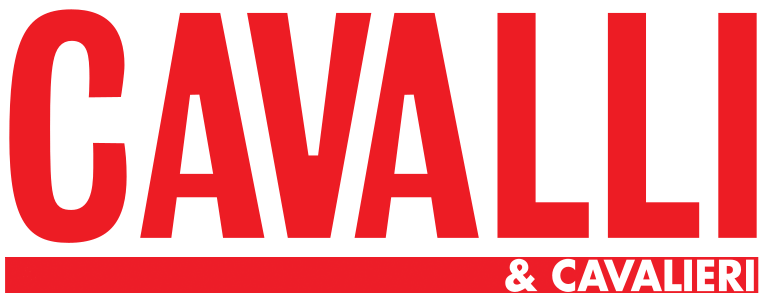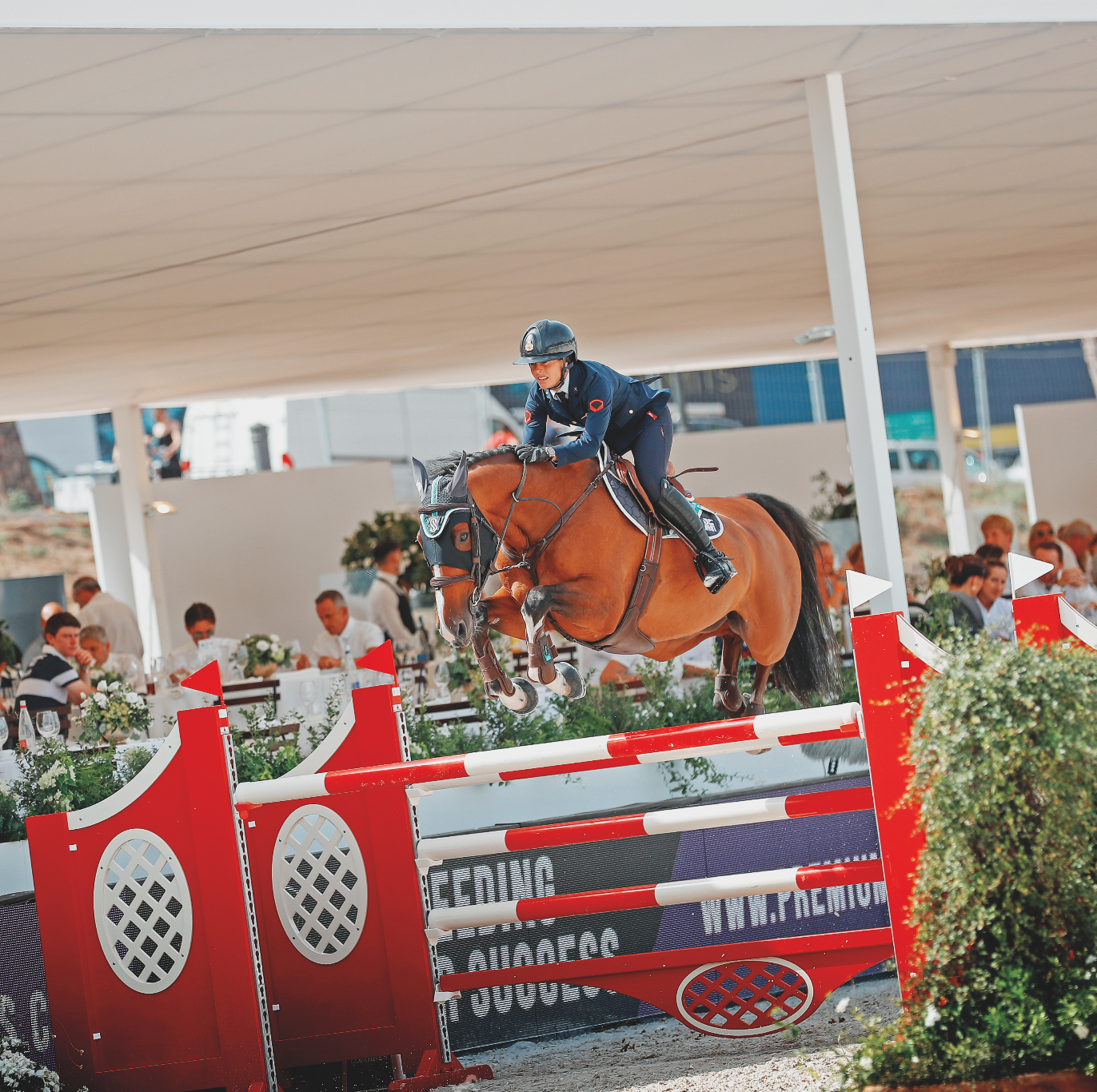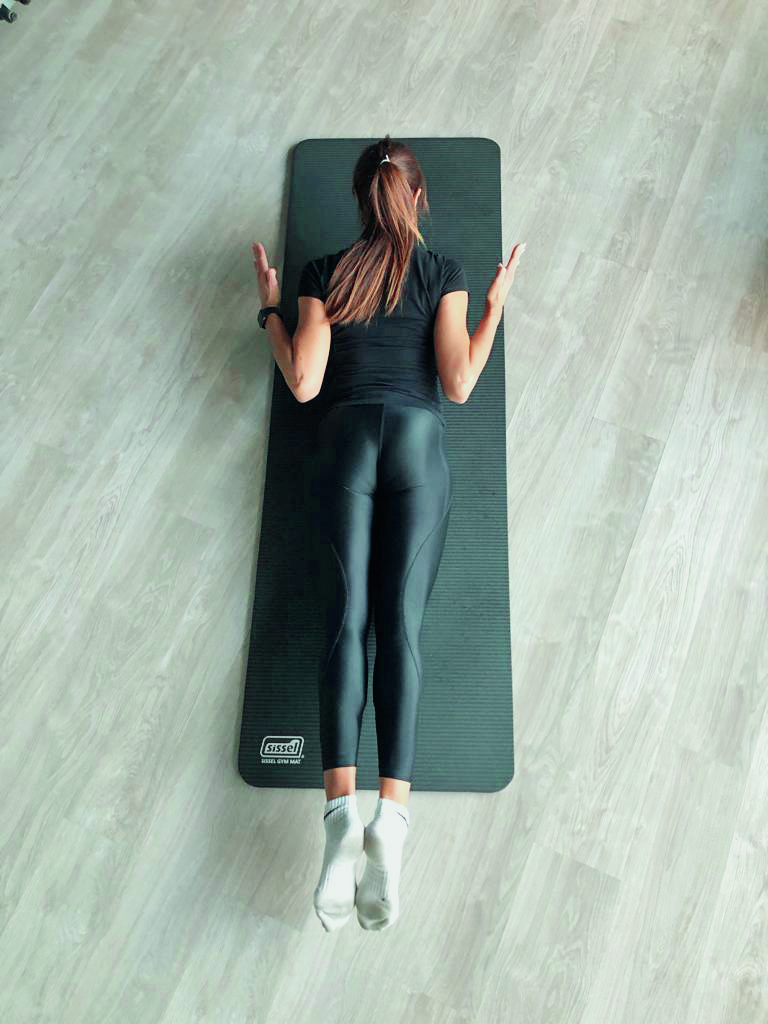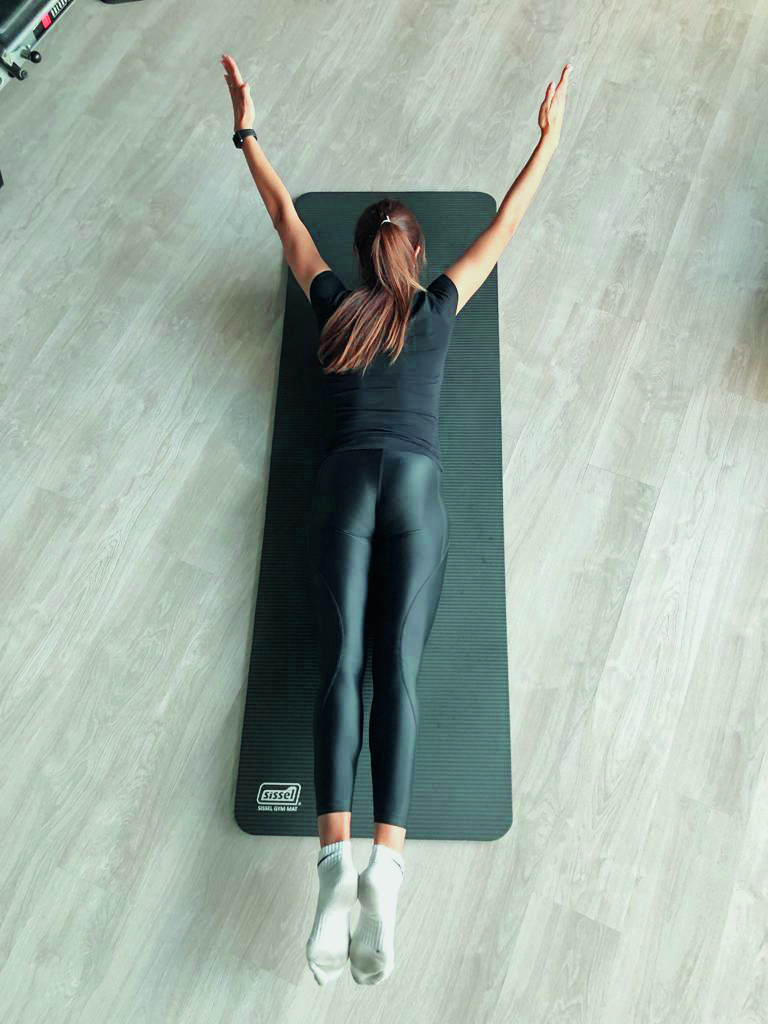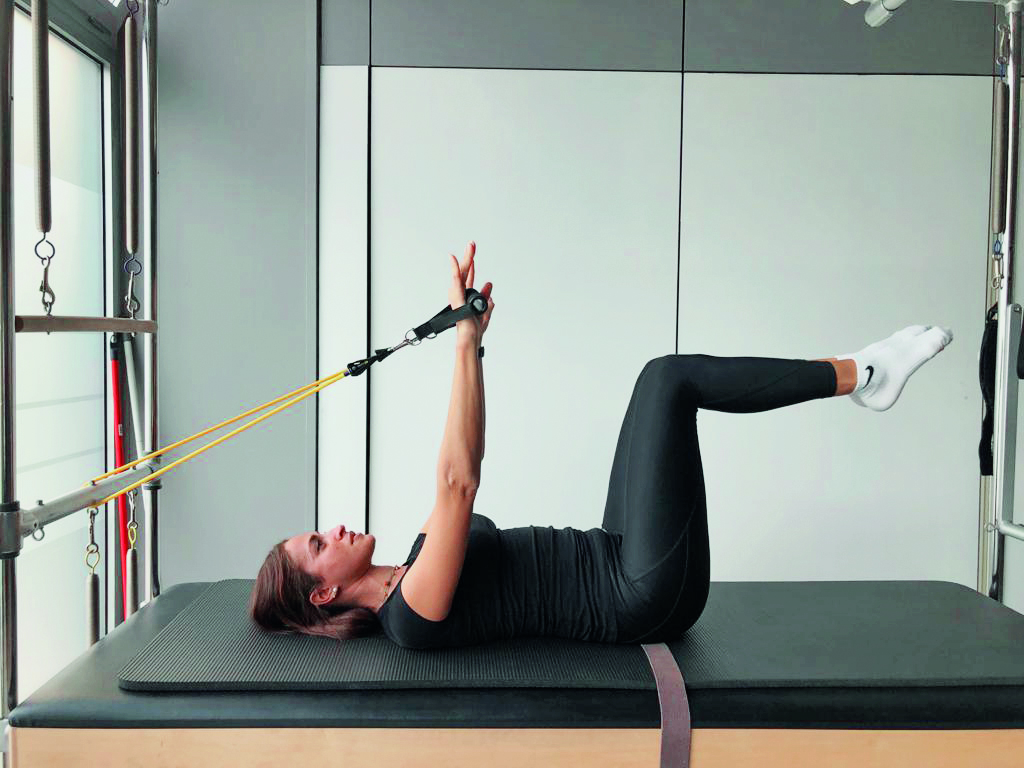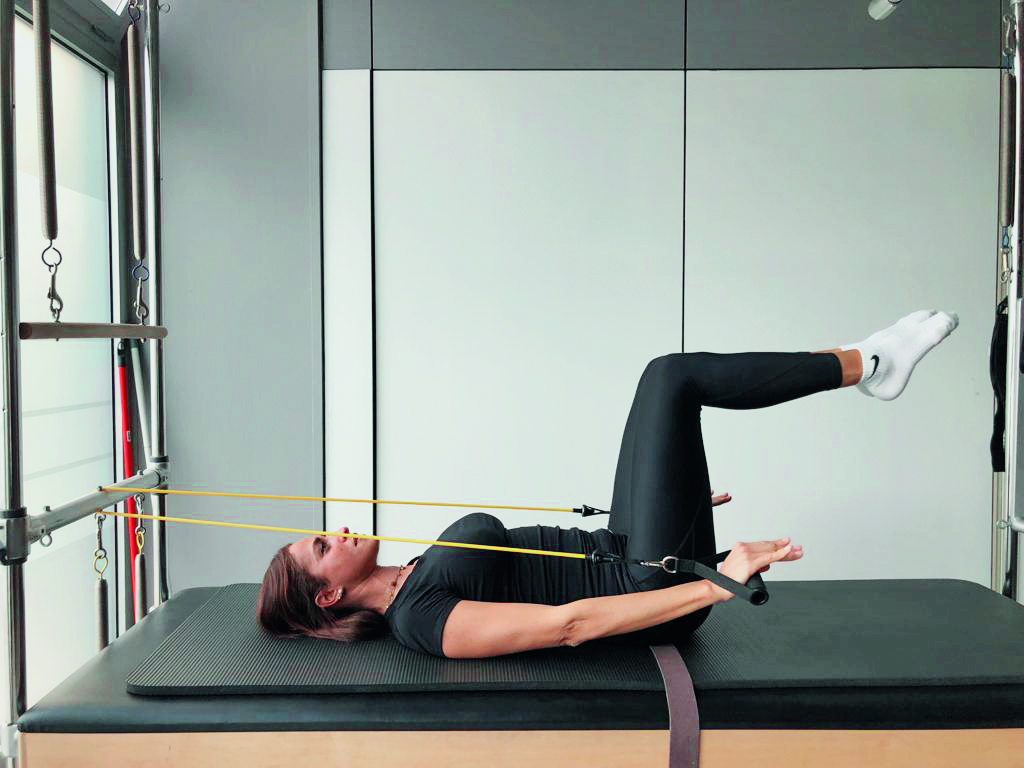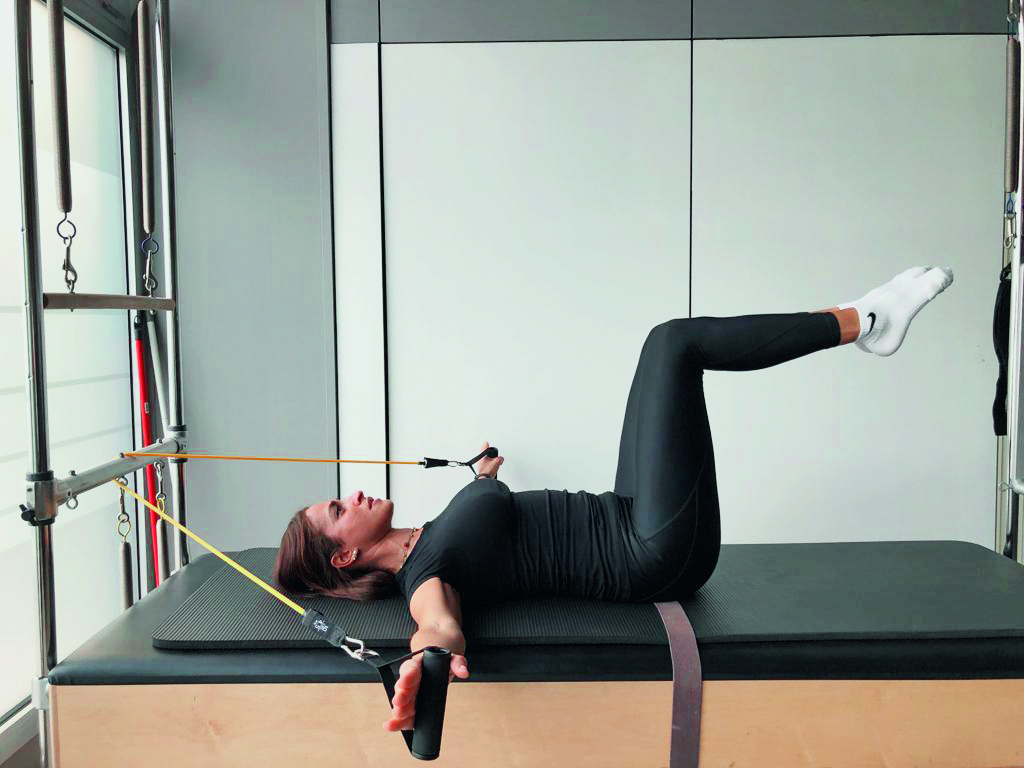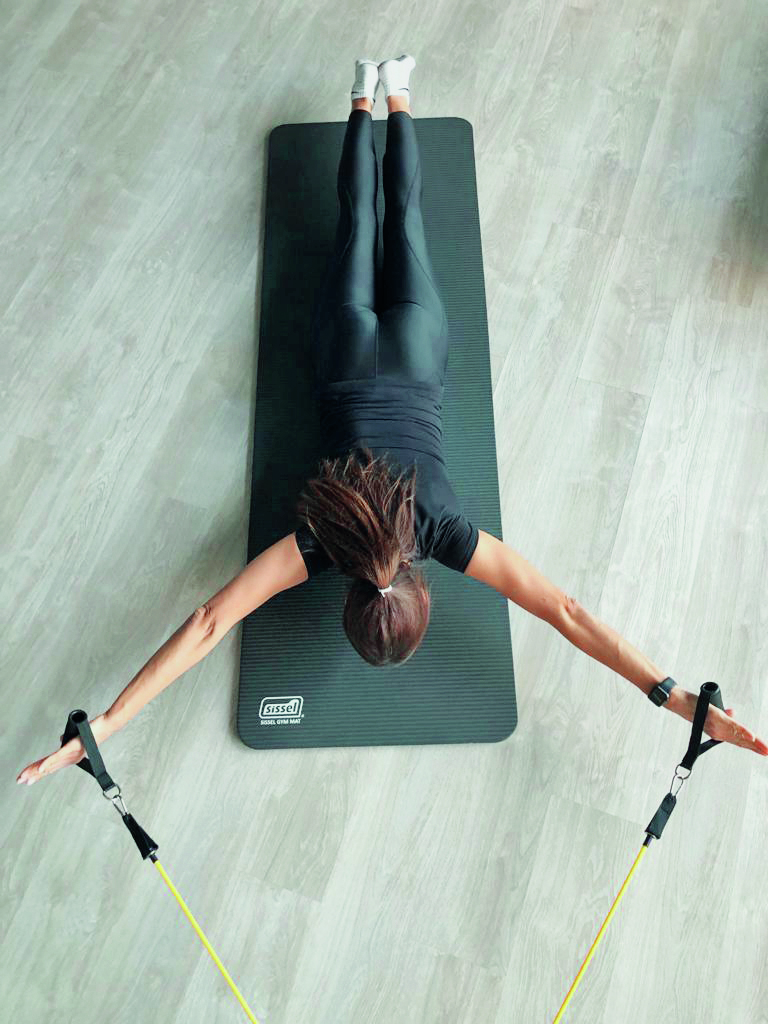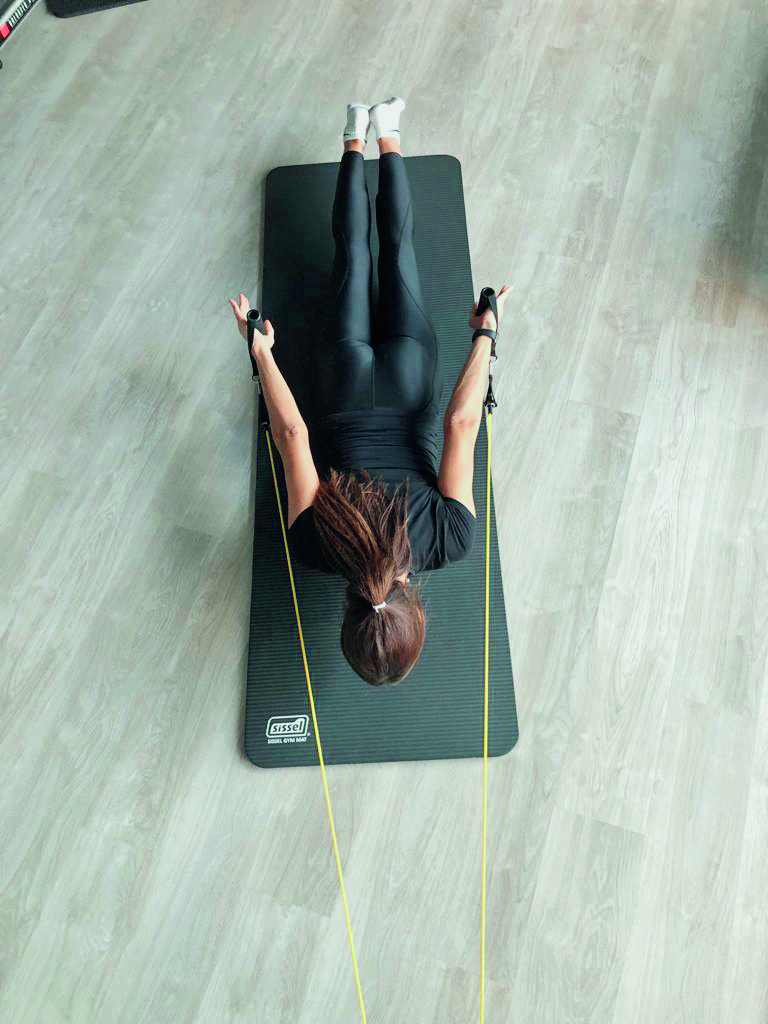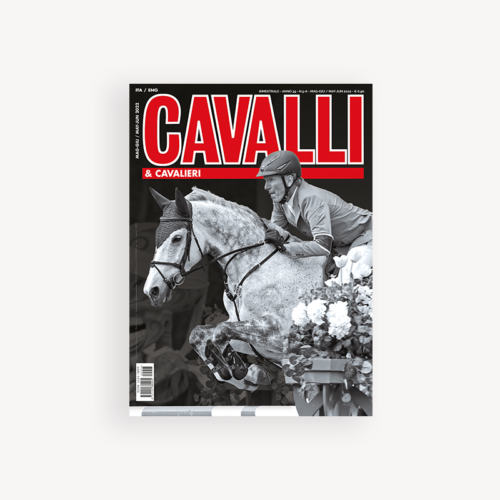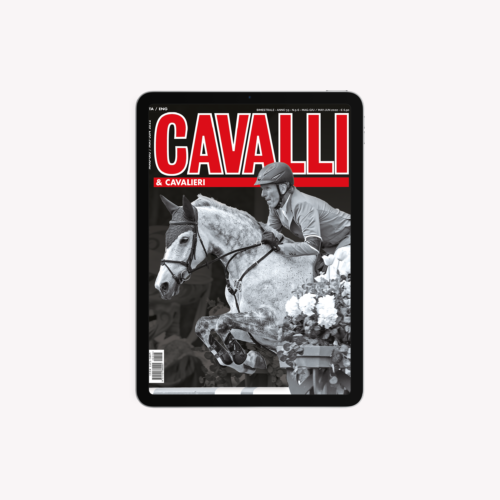Shoulder suppleness
Training of the shoulders for the posture and wellbeing of the #riderathlete
The correctness and awareness of the use of the scapulo-humeral joint, more commonly called the shoulder, is essential in all equestrian disciplines and for every athlete rider, whether an amateur or a professional. In fact, the use of this articulation determines the relationship on establishes with the horse’s mouth linked through a continuous bond from the shoulder through the elbow, the wrist and the hand and consequently the entire body. An optimal biomechanical use of the scapulo-humeral joint has an influence on one’s position in the saddle and can mistakenly affect other muscle chains in the rider athlete to the point of contracting the entire spinal column.
An optimal biomechanical use of the scapulo-humeral joint has an influence on one’s position in the saddle and can mistakenly affect other muscle chains in the rider athlete to the point of contracting the entire spinal column. The ability to correctly and consciously organise the scapula can certainly improve one’s performance. One very often hears coaches correct their students saying: ‘keep your back straight’ when in fact what makes the back look as if it is bending forwards is position of the scapulae that are excessively extended forwards. So as to better make understood, take action and correct these aspects, it is important to ensure an awareness and proprioception of the scapulo-humeral joint training sessions involving athletic preparation on foot.
V-shape
This exercise works the shoulders and back muscles.
Starting position: lie on your stomach on the floor (prone), arms bent with your elbows close to your sides, palms facing inwards and legs outstretched off the floor.
Exercise: Extend the arms completely forward in a ‘V’ shape without raising or extending the shoulder blades.
During the movement, the shoulder blades should remain in the ideal retracted and depressed (lowered) position; the chest should not come off the ground.
Perform the exercise at least 20 times and then hold the ‘V’ position with your arms stretched forward for 10 seconds.
Shoulder triptych
This exercise strengthens the shoulders improving the mobility of the scapulo-humeral joint.
Procedure: you need a rubber band (possibly with handles) and tie it to a base about 10-15 cm above the floor. Starting position: hold the handles with your open palms facing forwards and lie on your back with your arms stretched upwards, giving the elastic a slight tension.
Then bring your arms along your side, reaching the maximum tension of the elastic band, trying to keep your shoulder blades fixed in the correct position, i.e. without allowing your shoulder blades to lose adherence to the floor. Conclude the exercise by returning to the starting position with your arms stretched upwards.
Finally, perform the exercise starting from the position in photo 2 with your arms at your sides; then extend your arms sideways, keeping them taut, and bring them back towards your sides. Always take care to keep your shoulder blades close to the floor.
Upward V and downward V
This exercise strengthens the shoulder joints and also activates the chain of back muscles.
How to do it: you need an elastic band that you can attach to a base about 10 to 15 cm above the floor. Then hold the handles, keeping the palms of your hands open and facing outwards, and lie on your front with your arms stretched out towards the front, forming a V shape and giving a slight tension to the elastic band.
Keep your arms at your sides, reaching the maximum tension of the apparatus by forming a V with your fingers pointing towards your feet and making sure that your shoulder blades are fixed in the correct position and your neck is well aligned. Conclude the exercise by returning to the starting position with your arms stretched out towards the front and repeat the exercise at least 20 times.
Did you know that…
The shoulder is one of the most complex joints in the human body. Consisting of four joints (sterno-clavicular, scapulo-humeral, scapulo-thoracic, acromion-clavicular), the shoulder is the most mobile joint in the human body, so as to allow thanks to its 4 levels of freedom complex movements for the manipulation of objects and interaction with the environment. The great freedom of movement is manages by a complex synergy that works thanks to muscles and ligaments that are all used simultaneously when riding.
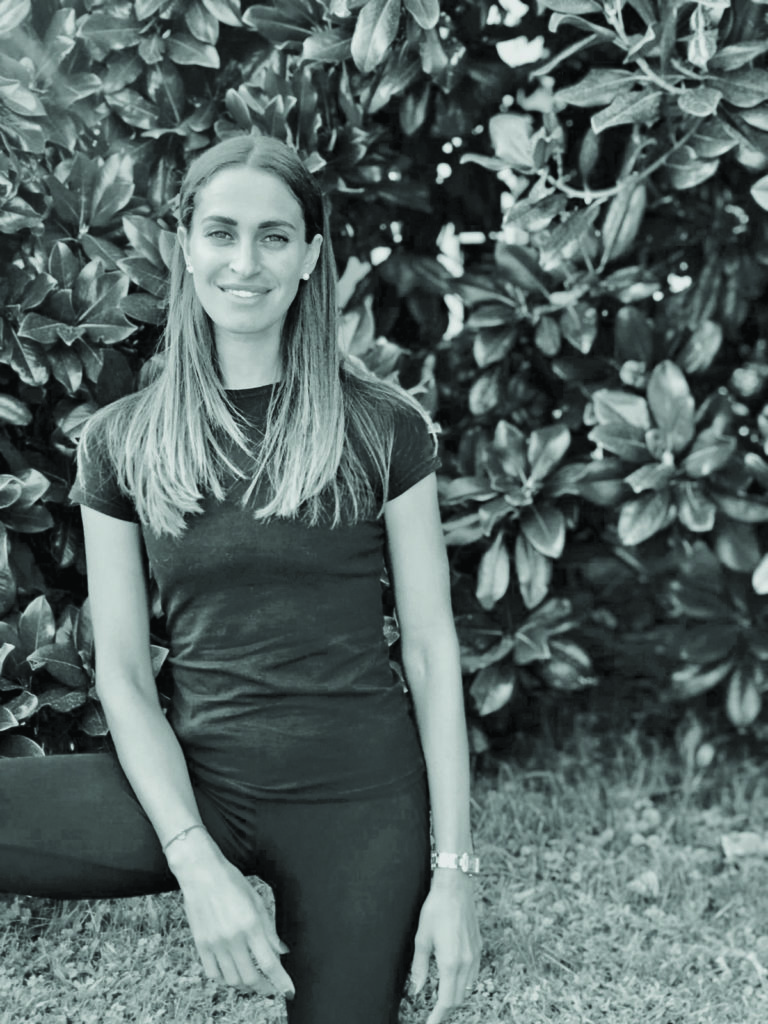
Alessandra La Noce
Postural gymnastics, health and fitness and Pilates trainer.
